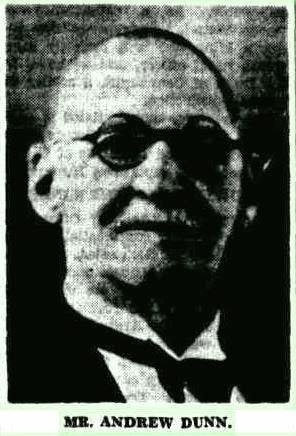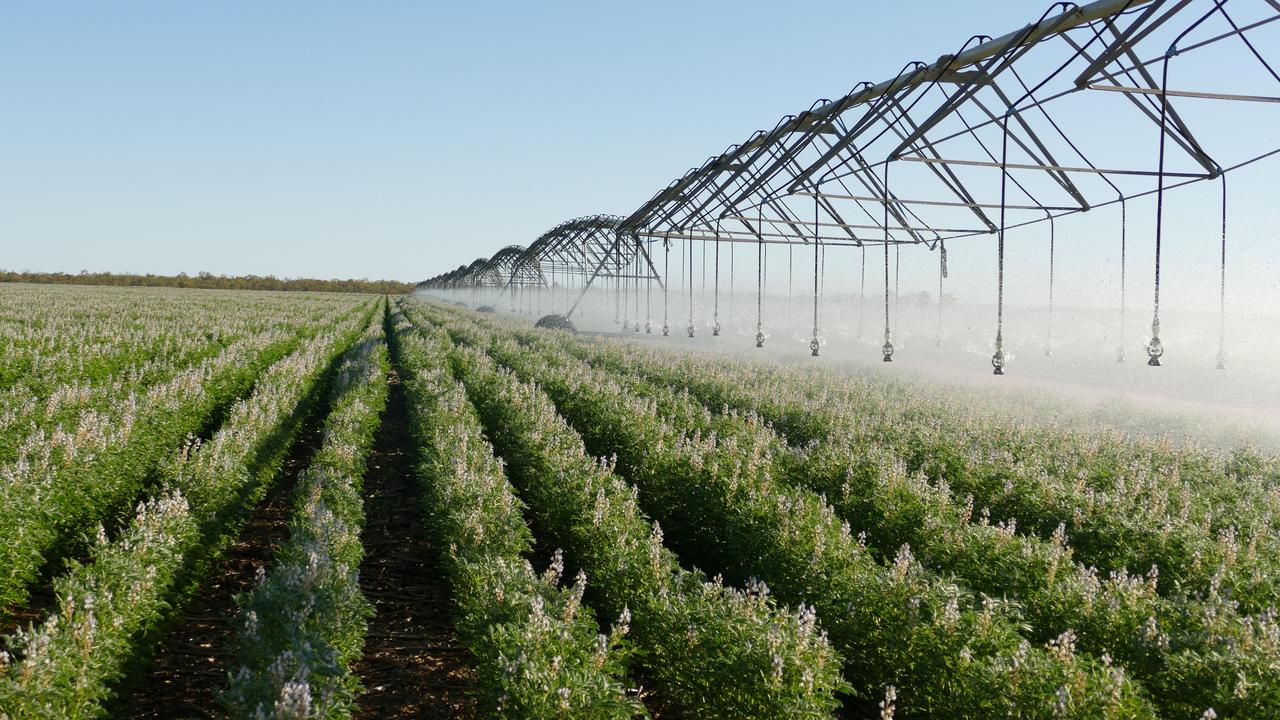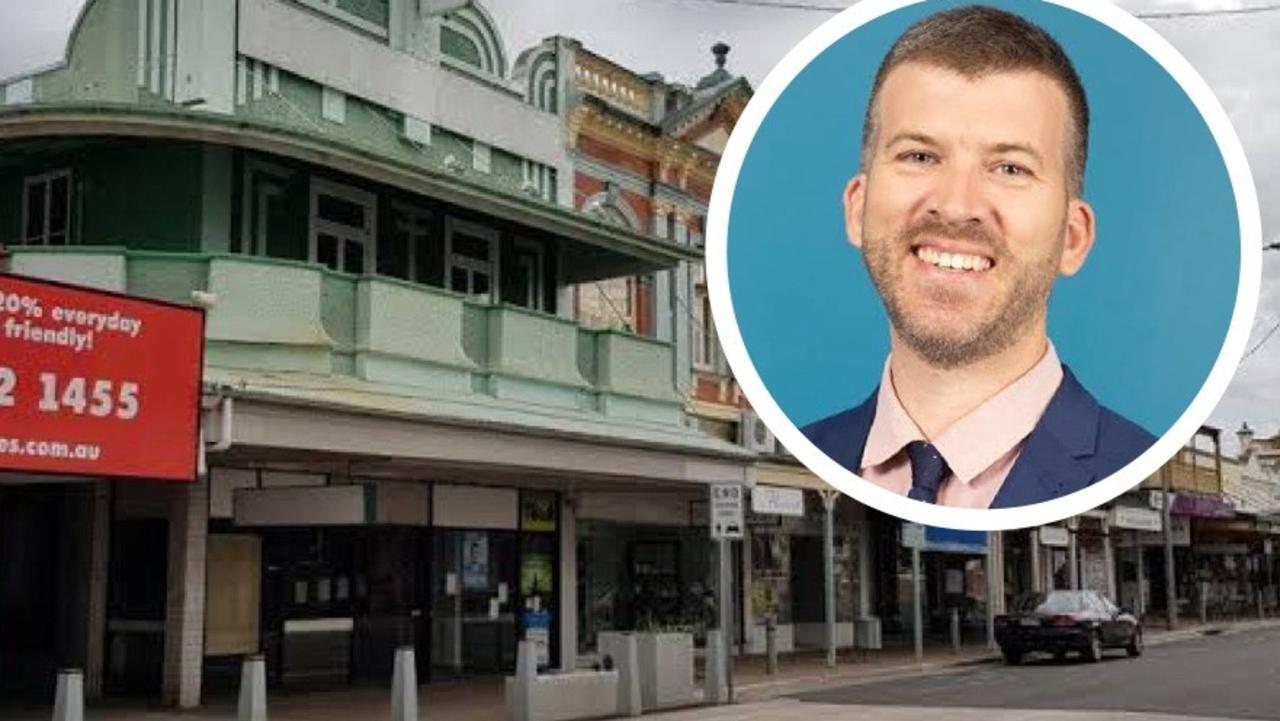HISTORY: How the seaside shaped Hervey Bay since the 1800s
THE SEASIDE experience of Hervey Bay for tourists has been central to its development.
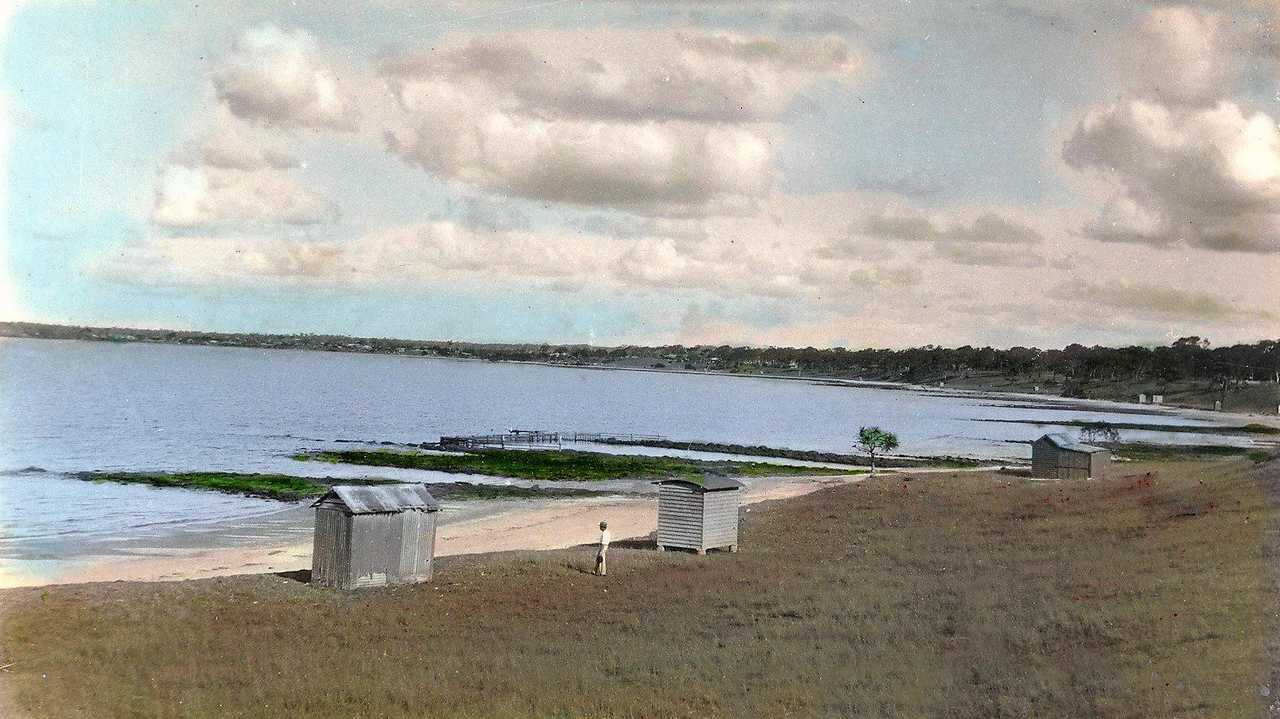
Fraser Coast
Don't miss out on the headlines from Fraser Coast. Followed categories will be added to My News.
THE SEASIDE experience of Hervey Bay for tourists has been central to its development.
This development has occurred in a number of stages. The arrival of passenger trains to Pialba in 1896, in particular, was a catalyst for the area as a desired destination.
When those first passengers disembarked at the timber station over 120 years ago and made their way down to the beach, what they found there was not that dissimilar to what we enjoy today.
There have of course been a few significant changes in the beach experience over the past century.
In particular, the structures that once dotted the foreshore and went out into the water, the changing sheds and the swimming enclosures, have gone by the wayside due to changing customs.
As with so many aspects of Hervey Bay's history, the Historical Village has a well-preserved changing shed on display, but getting a real sense of what the enclosures were like is not so easy.
These enclosures were built primarily to provide protection from sharks, but a side effect was that they centralised the activity on the beach.
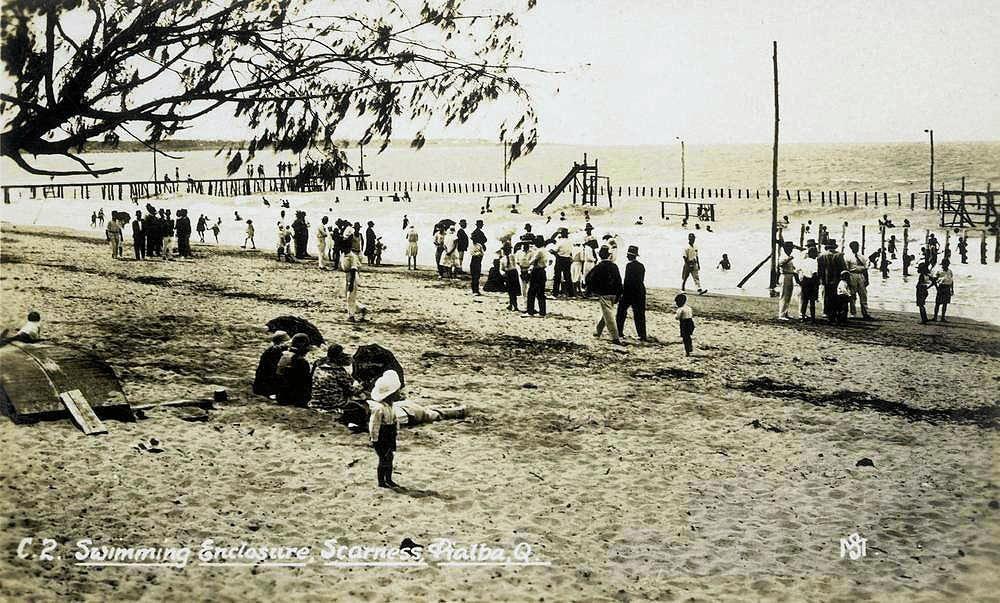
Some of them included attractions like slides, lighting and diving platforms.
Historic photographs of locals and visitors congregating in significant numbers at the enclosures are in stark contrast to the beach now, where people spread out as much as possible.
There were a number of swimming enclosures along the beach at Pialba, Scarness, Torquay and Urangan, but the one with some remnants still visible is Dunn's Enclosure at Point Vernon.
This interesting structure was placed on the local heritage register a few years ago and is situated in the intertidal zone about 100 metres south of the boat ramp at The Gables.
The man responsible for this swimming enclosure, Andrew Dunn, became an employee of the Maryborough Chronicle in the 1880s but quickly bought up enough shares in the company to become chairperson and then went on to build up a regional newspaper empire right across Queensland.
As well as editing and managing the business affairs of the paper he was actively involved in politics at a state level in the Queensland Legislative Council and at a local level, serving as the mayor of Maryborough.
Like many Maryborough residents, Dunn and his family had a holiday home at Point Vernon.
This magnificent residence, which was called Sorrento, was situated on the Esplanade, above the enclosure.
Sadly, a couple of decades ago Sorrento was taken off her stumps, put on a truck and taken down the Bruce Hwy to be placed in Brisbane's western suburbs. I would like to think that we now have sufficient heritage protections that such a thing could not happen again.
The reason that remnants of Dunn's Enclosure can still be found is due to the way he had it built in the 1920s. This enclosure was entirely different to the more popular ones, it being made of rocks instead of just fencing or mesh. The bathing area was bounded on two sides by natural rock formations and at the ocean end by rocks that were stacked into a line parallel to the beach. Timber fencing provided further height to the rock walls. These features are all still visible.
This enclosure was sometimes ineffective; trapping sharks in it as the tide went out, rather than keeping them out at all times.
Walking around the site at low tide or, better still, swimming in it at high tide, provides an immersive experience in this historic site and a glimpse into what it was like as a tourist attraction almost a century ago. For a town that has lost so much of its built heritage, it is a lovely, and unexpected, reminder of another era.
Originally published as HISTORY: How the seaside shaped Hervey Bay since the 1800s

